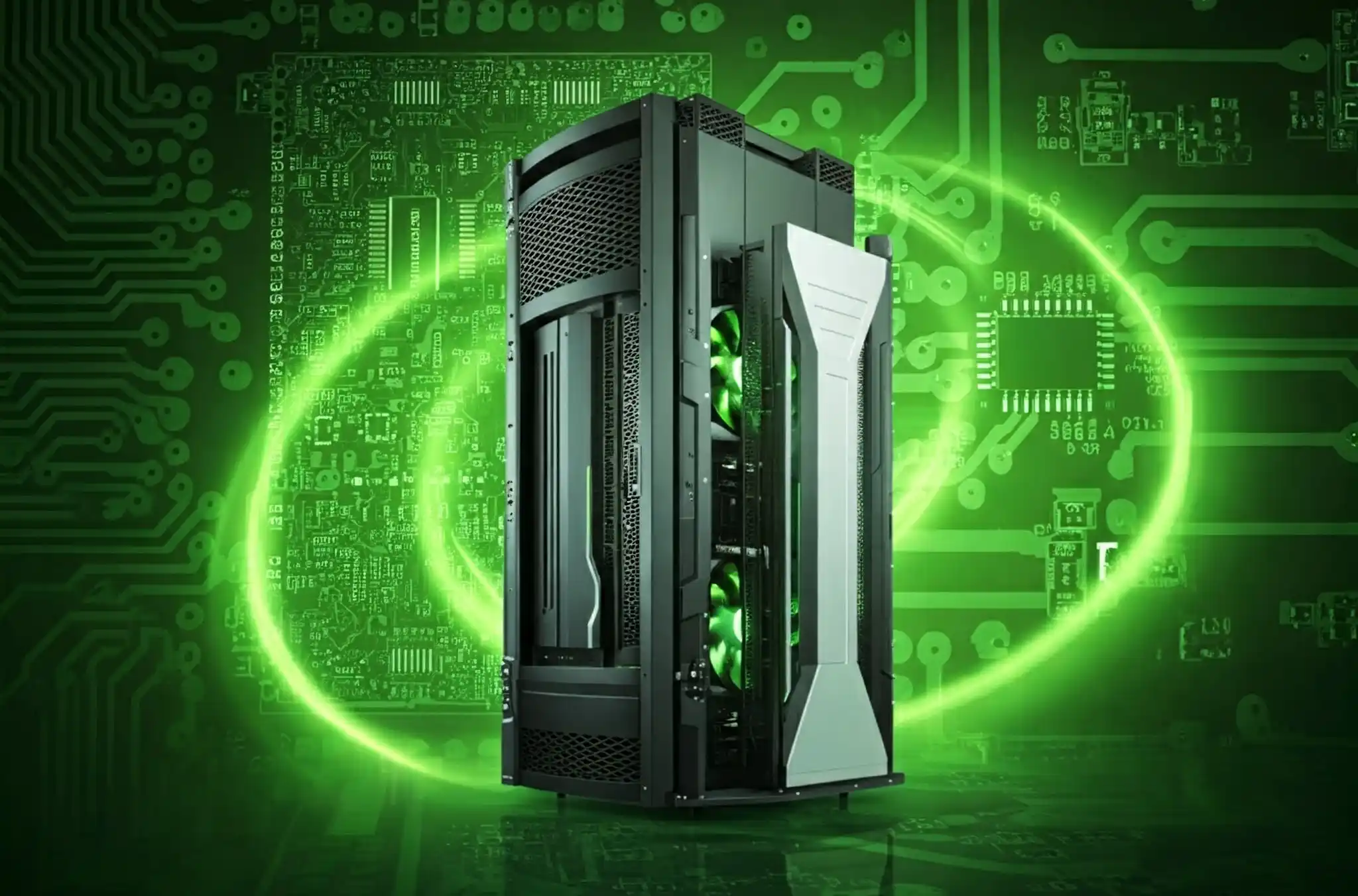The rise of artificial intelligence (AI) is revolutionizing industries and reshaping our world. However, this technological leap forward comes with a growing energy cost. AI’s insatiable appetite for power is fueling an energy crisis in data centers, raising concerns about sustainability and the environmental impact of this transformative technology.
The Energy Demands of AI
AI, particularly deep learning, relies on massive datasets and complex algorithms, requiring significant computational power. Training a single large language model can consume as much energy as several cars over their entire lifetimes. This energy consumption is driven by several factors:
- Data Explosion: AI models are trained on massive datasets, and the volume of data generated globally is exploding. Processing and storing this data requires vast amounts of energy.
- Computational Complexity: AI algorithms are becoming increasingly complex, requiring more powerful hardware and longer processing times, which translates to higher energy consumption.
- Specialized Hardware: AI often relies on specialized hardware like GPUs and TPUs, which are designed for high performance but can consume significant power.
The Environmental Impact
The environmental implications of AI’s growing energy demands are significant:
- Carbon Footprint: Increased energy consumption leads to a larger carbon footprint, contributing to climate change and its associated risks.
- Resource Depletion: AI’s energy needs put pressure on natural resources, particularly fossil fuels used for electricity generation.
- Water Consumption: Data centers require substantial amounts of water for cooling, further straining water resources in many regions.
- E-waste: The hardware used for AI has a limited lifespan, contributing to the growing problem of electronic waste.
Beyond Environmental Concerns
The energy crisis in AI data centers also raises economic and social concerns:
- Cost: The high energy costs associated with AI can be a barrier to its adoption, particularly for smaller organizations and researchers.
- Accessibility: Unequal access to energy resources can exacerbate existing inequalities in AI development and deployment.
- Energy Security: The increasing reliance on energy-intensive AI systems can raise concerns about energy security and grid stability.
A Call for Sustainable Solutions
Addressing AI’s energy crisis requires a multi-faceted approach involving collaboration between researchers, developers, policymakers, and data center operators. Here are some key strategies for building more sustainable AI data centers:
1. Energy Efficiency:
- Efficient Hardware: Utilize energy-efficient servers, networking equipment, and storage devices designed for AI workloads.
- Power Management: Implement intelligent power management systems that optimize power consumption based on real-time demand.
- Cooling Optimization: Utilize advanced cooling technologies, such as liquid cooling, free air cooling, and evaporative cooling, to minimize energy use.
- Renewable Energy: Transition to renewable energy sources, such as solar and wind power, to power data center operations.
2. Resource Optimization:
- Server Virtualization: Consolidate physical servers through virtualization to improve resource utilization and reduce energy consumption.
- Workload Optimization: Optimize AI workloads to minimize resource usage and improve efficiency.
- Hardware Acceleration: Utilize specialized hardware accelerators, such as GPUs and TPUs, to improve performance and reduce energy consumption for AI tasks.
3. Infrastructure Design:
- Modular Design: Employ modular data center designs that allow for flexible scaling and efficient resource utilization.
- Sustainable Building Materials: Utilize sustainable building materials and construction practices to minimize environmental impact.
- Waste Reduction: Implement waste reduction and recycling programs to minimize environmental impact.
4. AI-Specific Optimizations:
- Efficient AI Models: Develop and utilize AI models that are optimized for energy efficiency.
- AI for Sustainability: Leverage AI to optimize data center operations, such as energy management and predictive maintenance.
- Federated Learning: Utilize federated learning techniques to train AI models on decentralized data sources, reducing data transfer and energy consumption.
5. Monitoring and Management:
- Real-time Monitoring: Implement comprehensive monitoring systems to track energy consumption, resource utilization, and environmental metrics in real-time.
- Data-Driven Insights: Utilize data analytics to identify areas for improvement and optimize data center operations for sustainability.
- AI-Powered Management: Leverage AI to automate data center management tasks, such as resource allocation and energy optimization.
The Role of Industry Collaboration
Building sustainable AI data centers requires collaboration across the entire industry ecosystem.
- Technology Providers: Hardware and software vendors need to develop and offer energy-efficient solutions optimized for AI workloads.
- Data Center Operators: Data center operators need to implement sustainable practices and invest in energy-efficient infrastructure.
- Policymakers: Governments need to incentivize sustainable data center development and implement policies that promote energy efficiency.
- Researchers: Researchers need to continue developing innovative technologies and approaches for sustainable AI.
The Future of Sustainable AI
The future of AI depends on our ability to address its energy crisis and build sustainable data center solutions. By embracing energy efficiency, resource optimization, and a collaborative approach, we can ensure that AI continues to transform our world in a responsible and sustainable way.
The journey towards sustainable AI requires a collective effort. It’s a call to action for the entire industry to prioritize energy efficiency, invest in renewable energy, and develop innovative solutions that minimize the environmental impact of this transformative technology. By working together, we can harness the power of AI while ensuring a sustainable future for generations to come.
